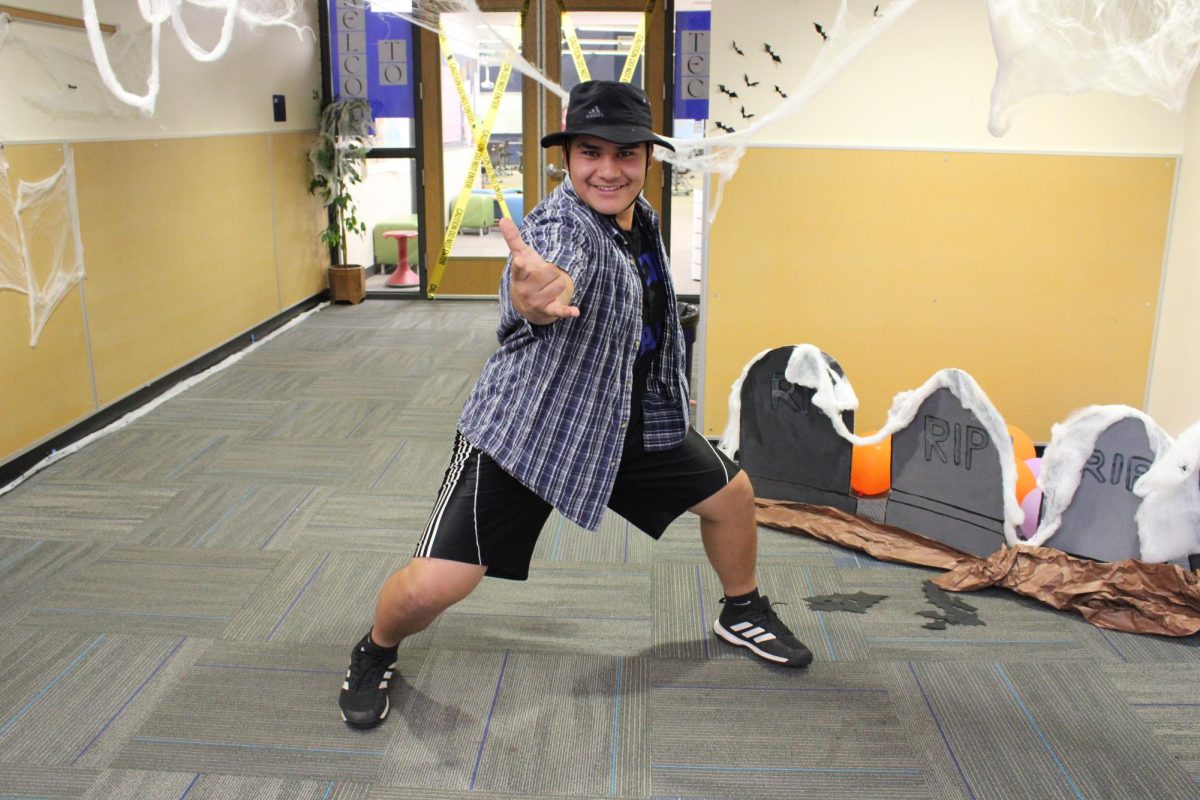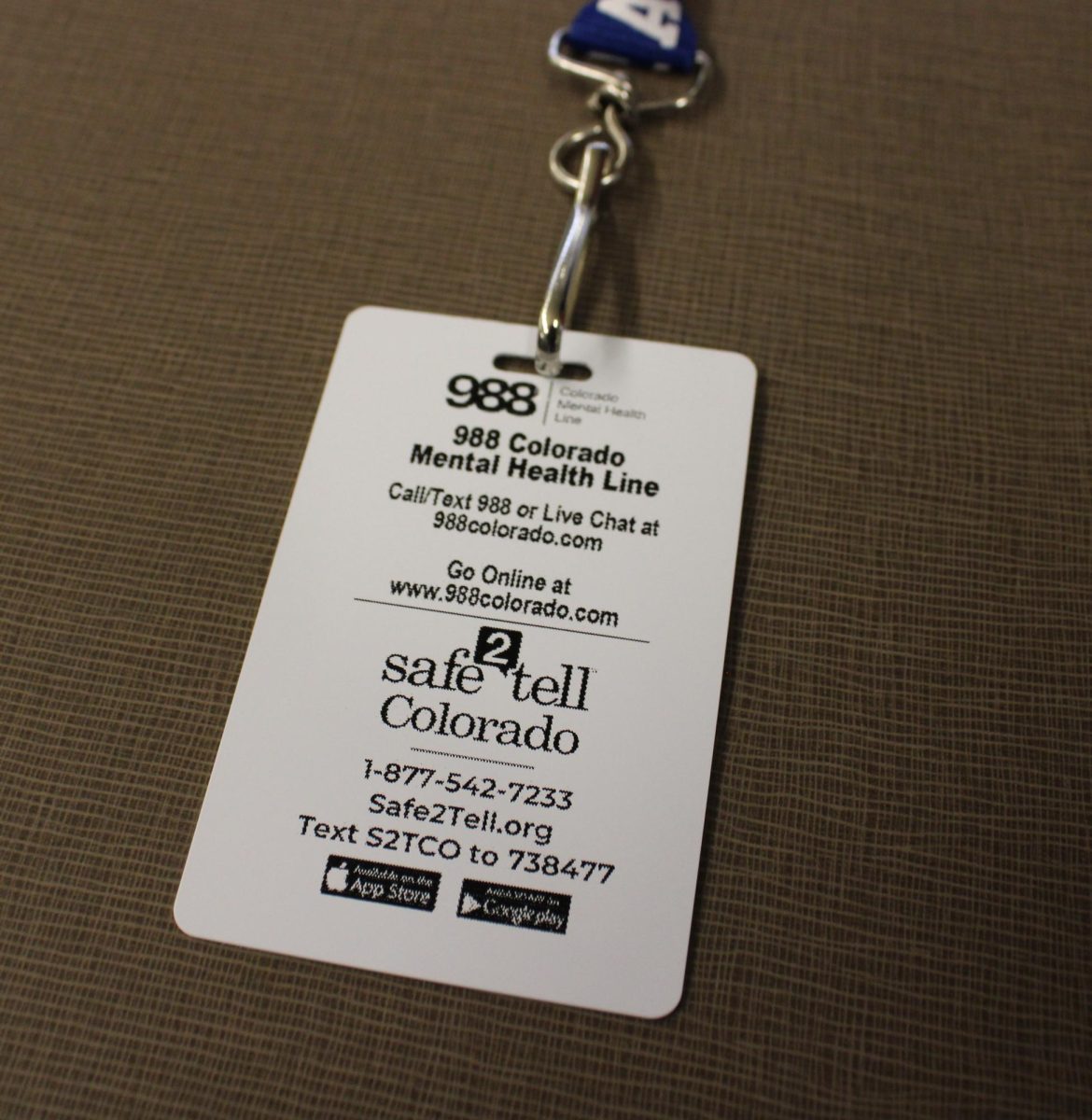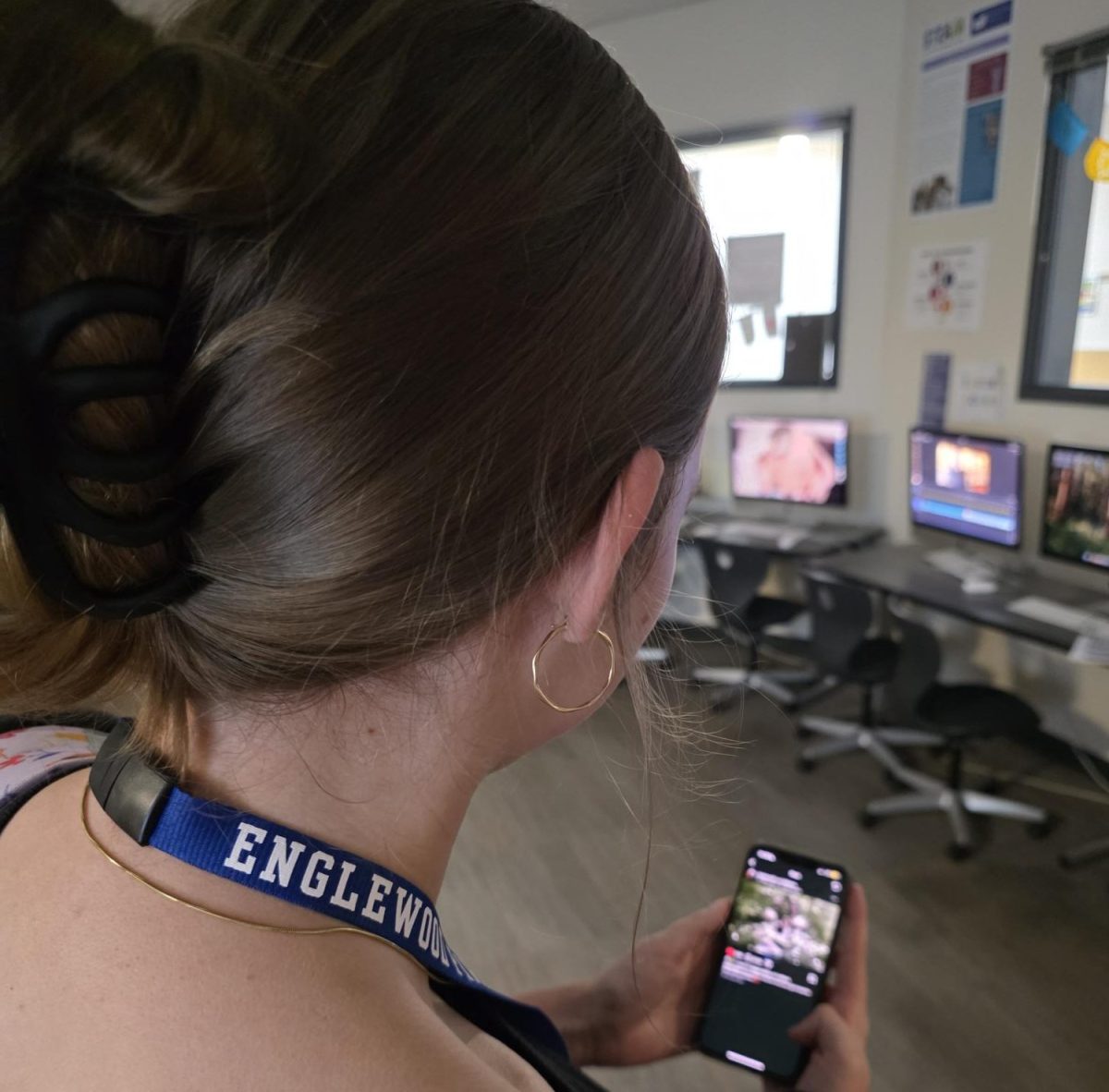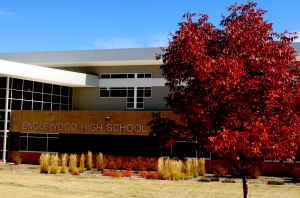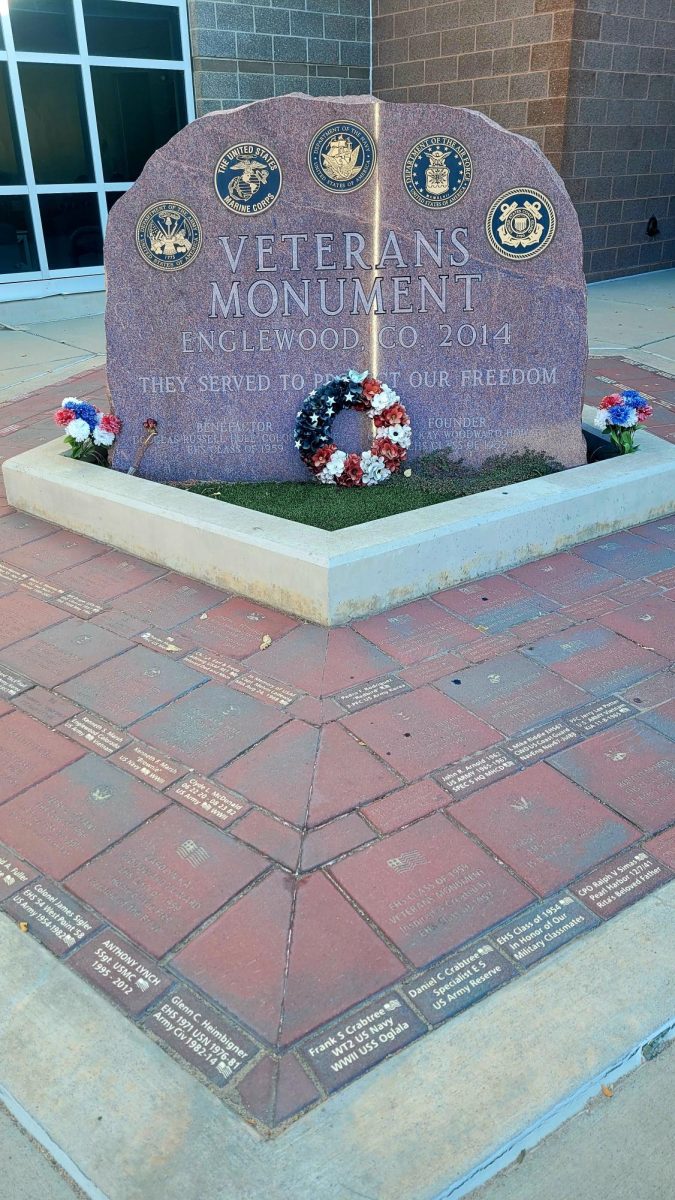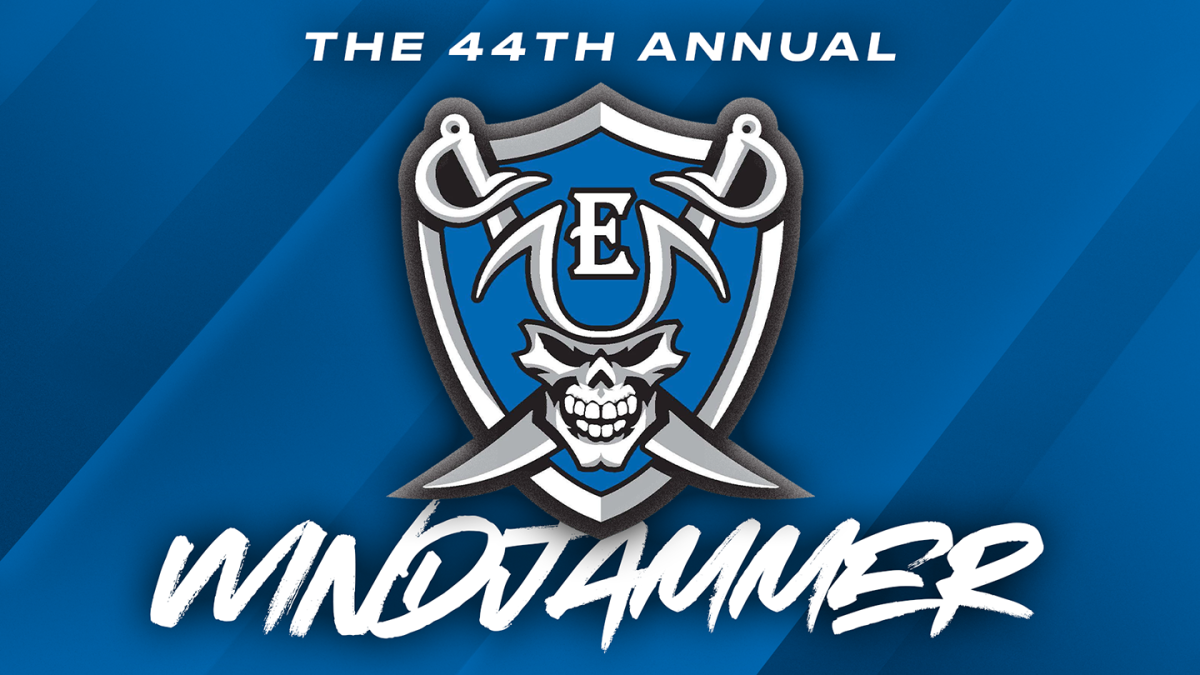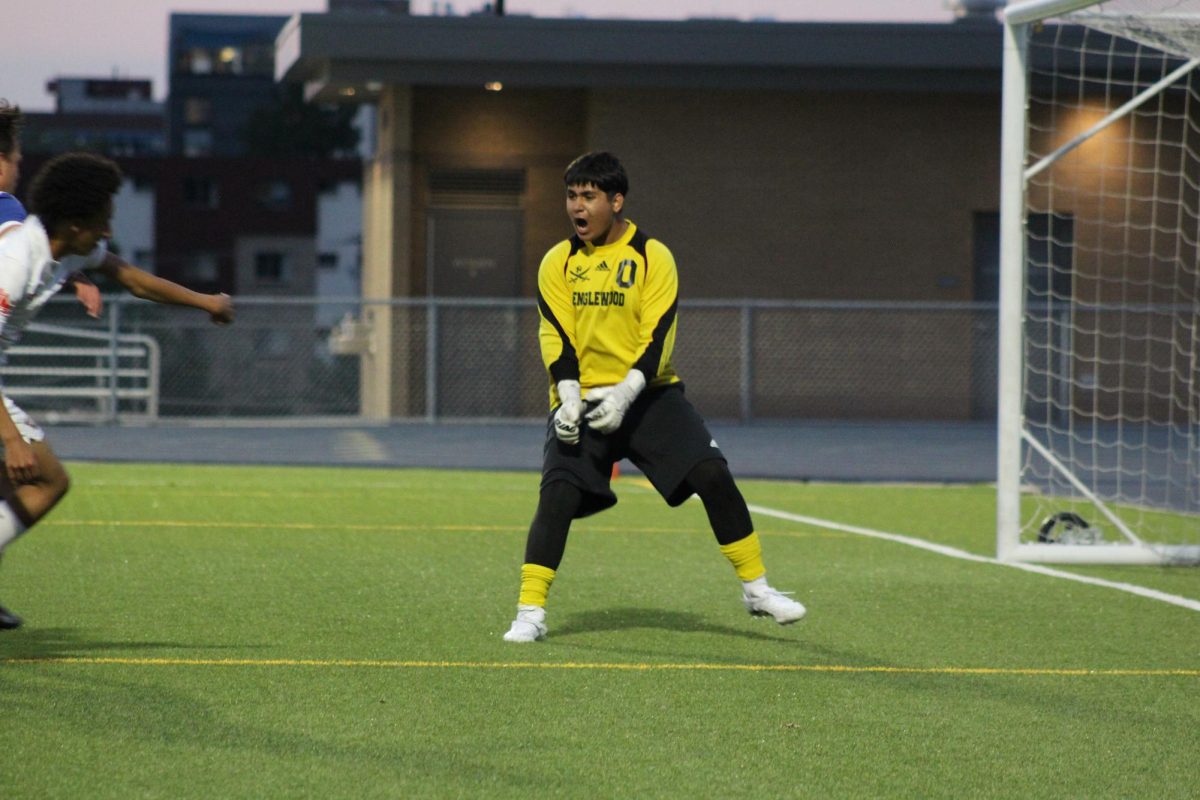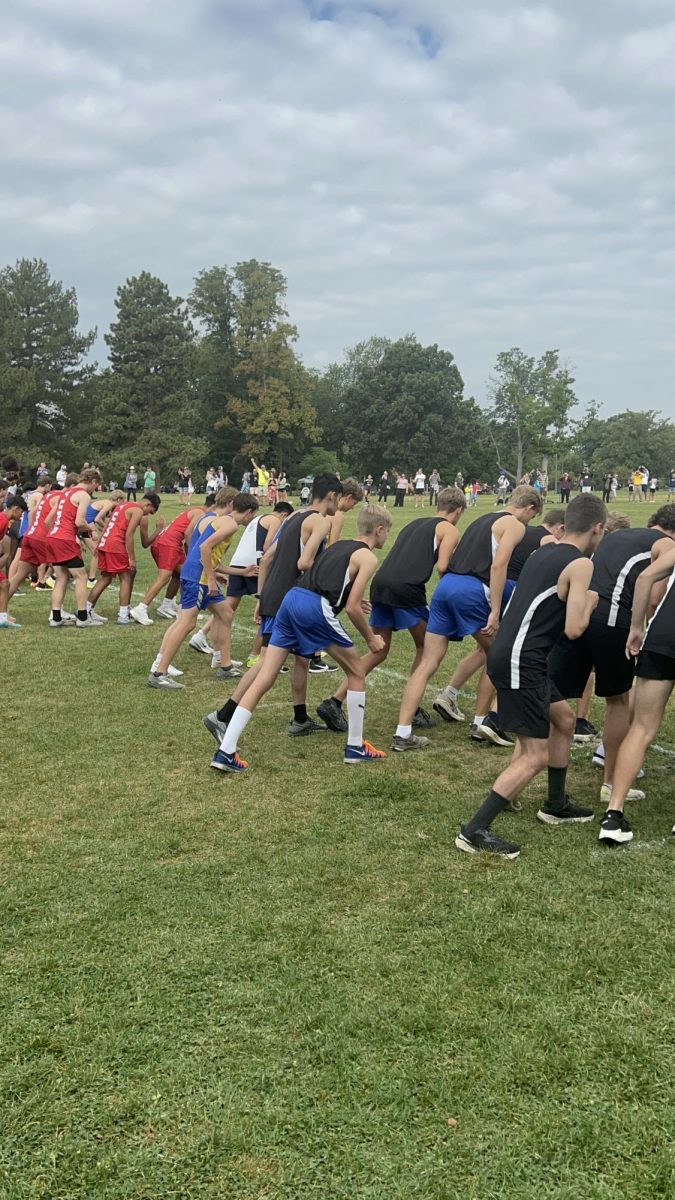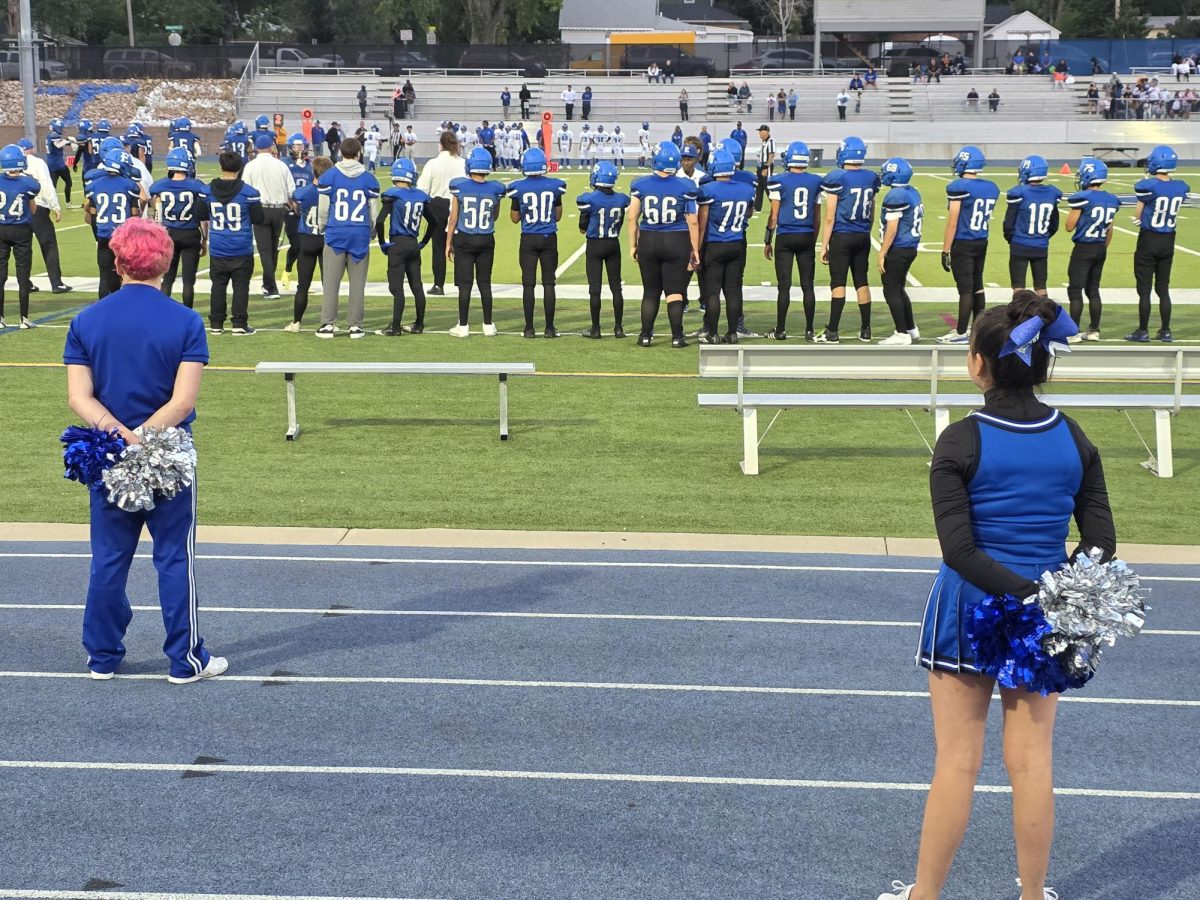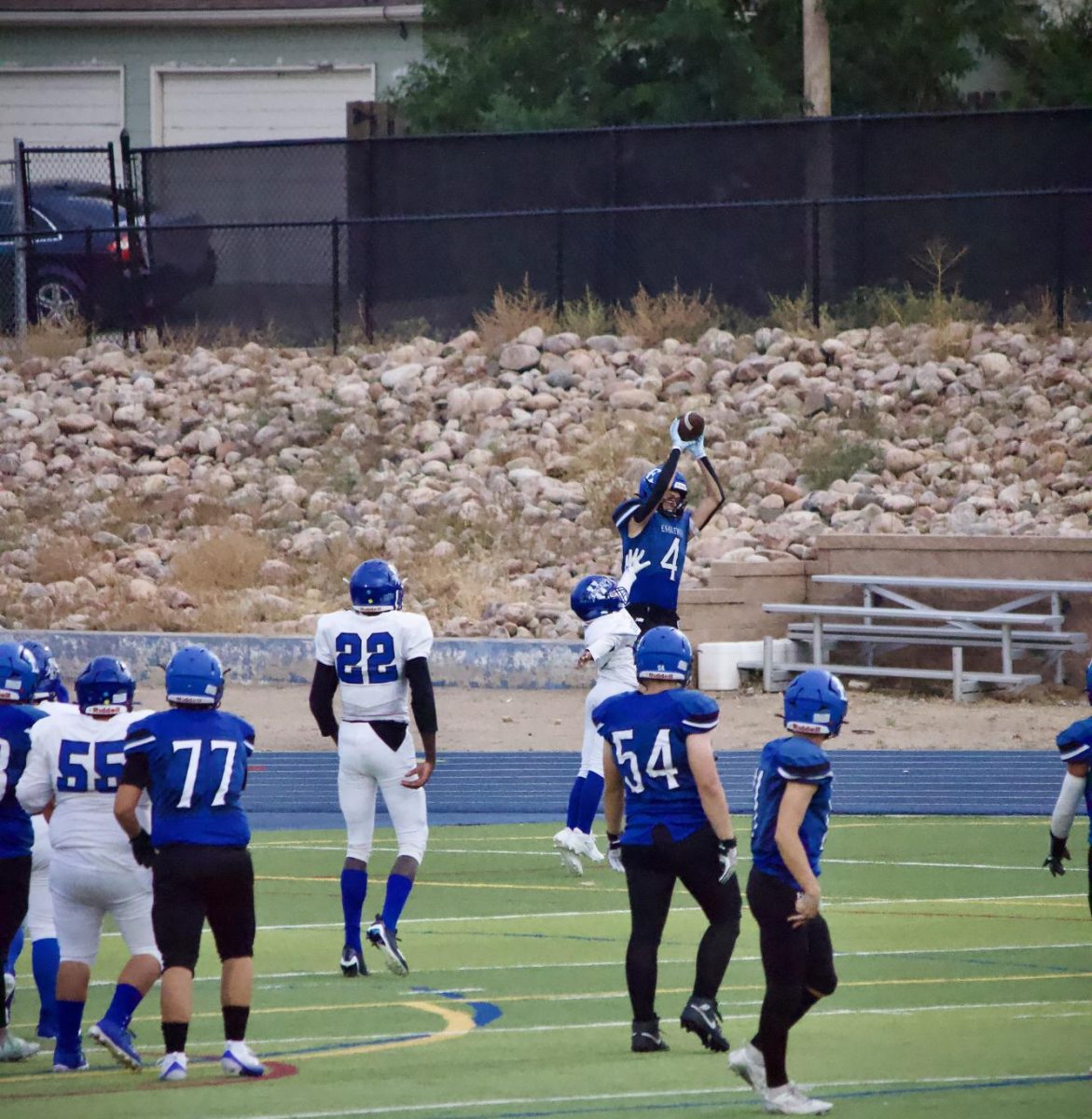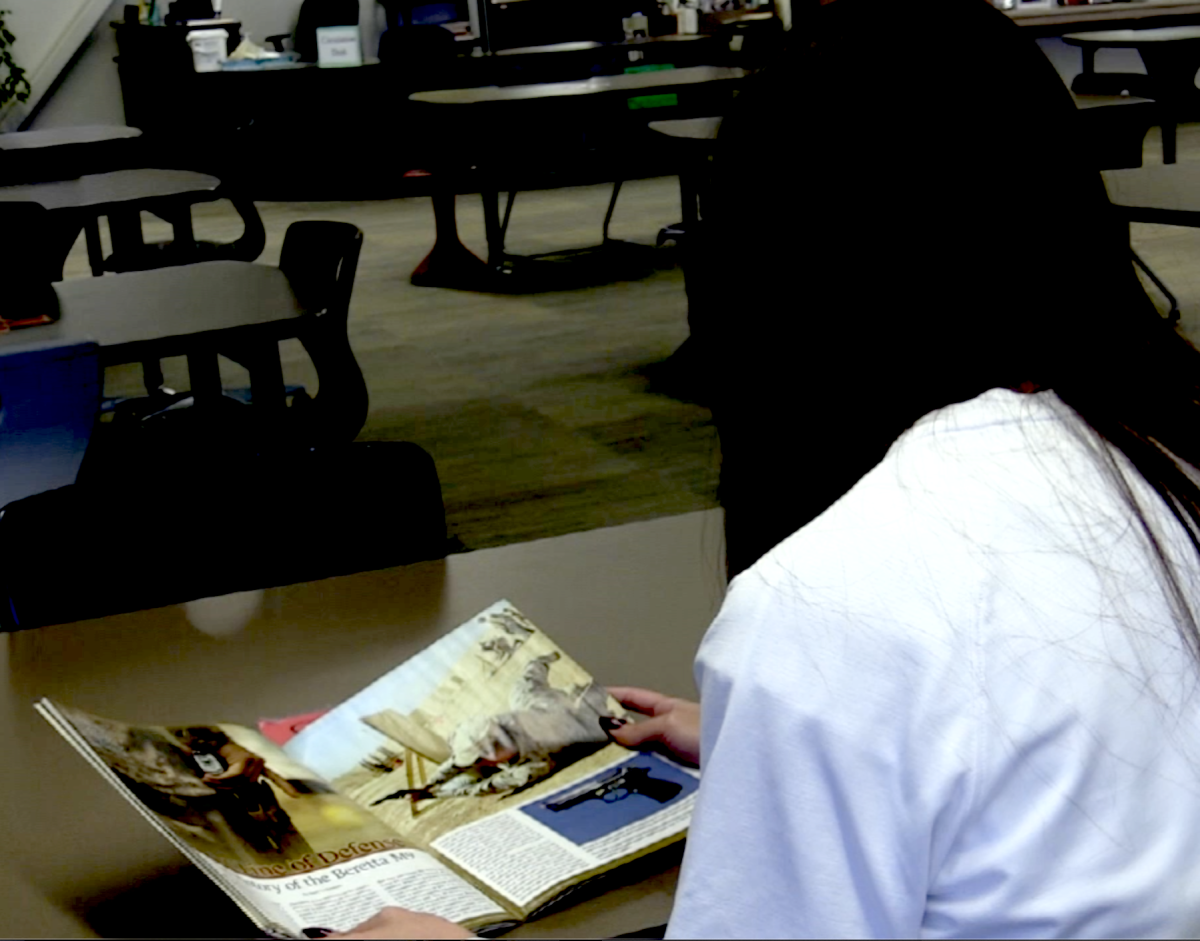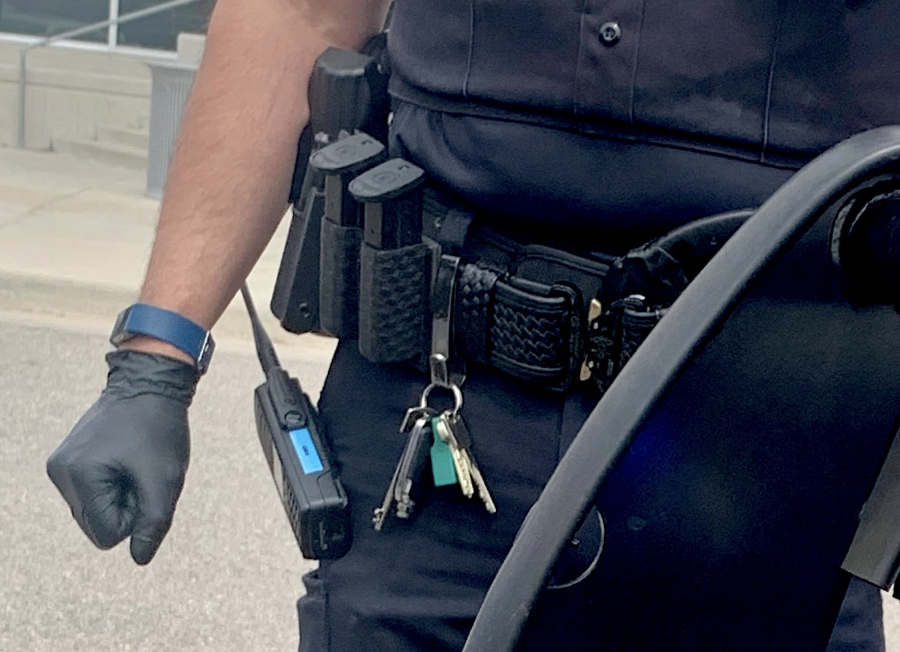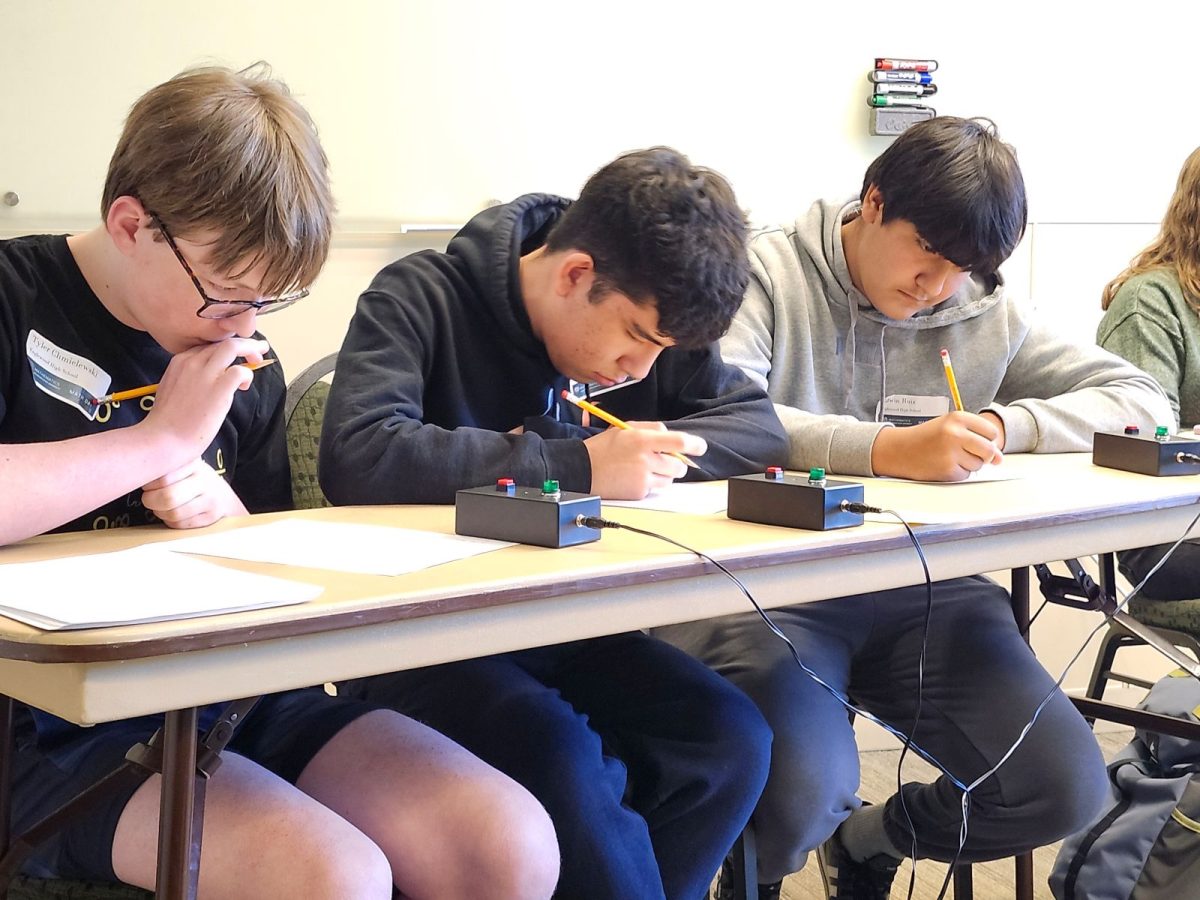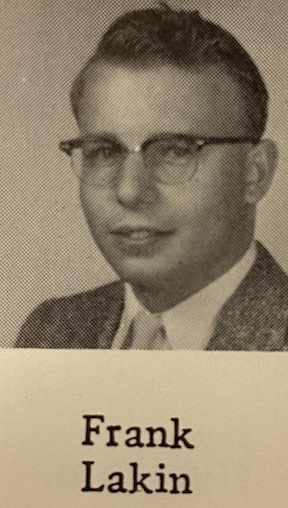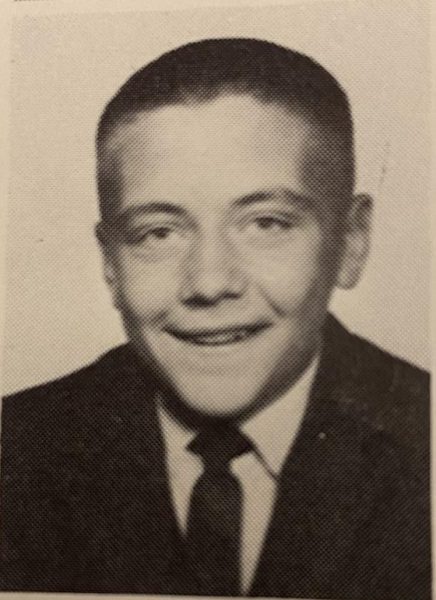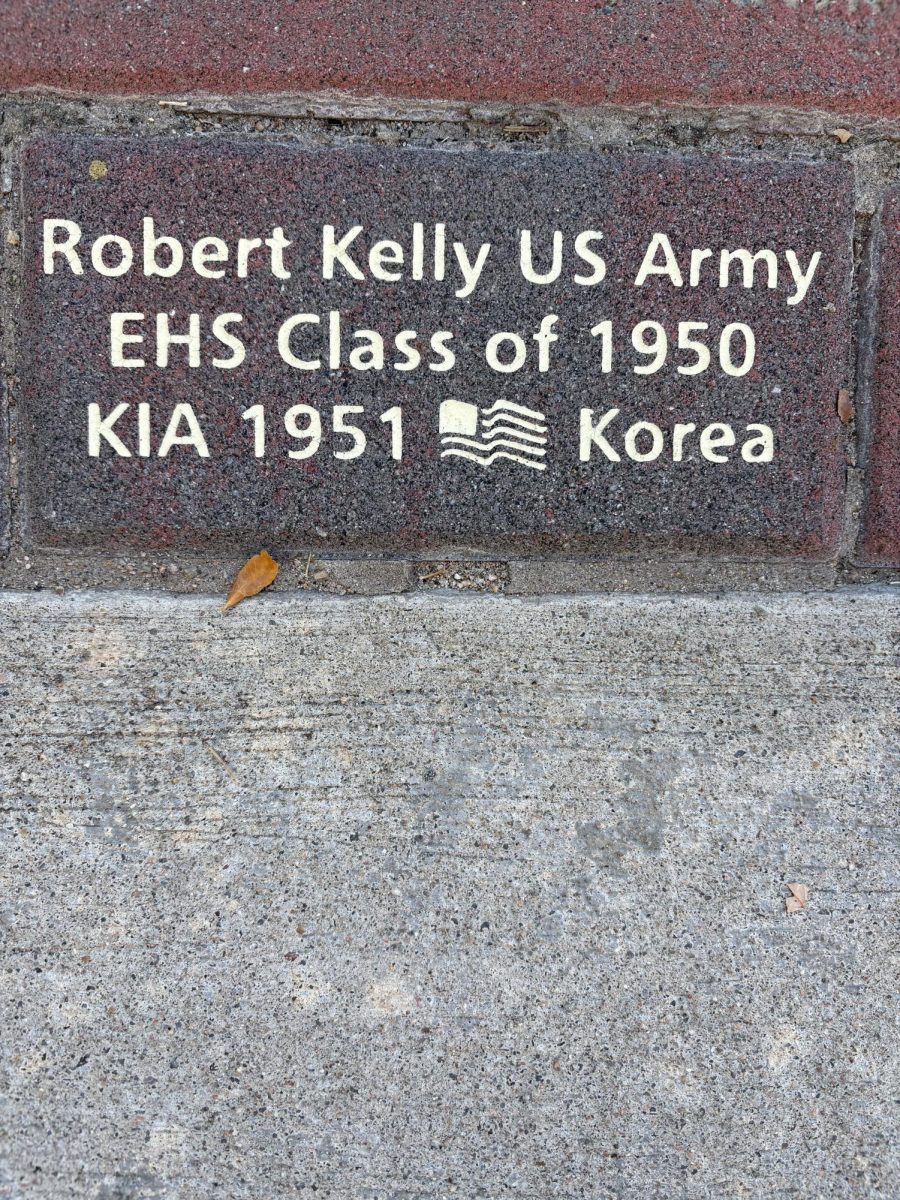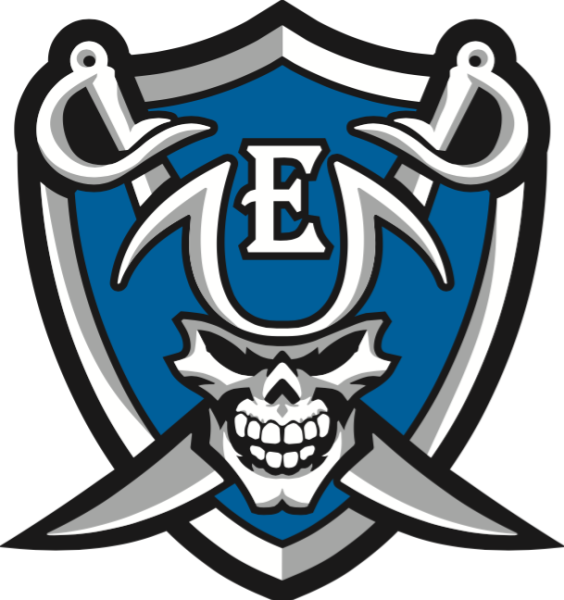Growing up in Englewood, Colorado, the world must have seemed small, and many EHS students wanted to see the world. That prompted many to join the military. When David Orson Powell graduated from EHS in 1959, he joined the Navy.
Over the course of his career, Powell served on ten ships. He started onboard the U.S.S. Carter Hall in October of 1959. That assignment lasted two years. He then moved through the U.S.S. Desoto County, the U.S.S. Duxbury Bay, the Aggressive, the Jason, the Ajax, Tacoma, Zinnia, and then in 1977, he joined the U.S.S Cree, part of the Belgium Navy.
By that time, Powell was CWO-2 David Powell, the Engineering Officer and Damage Control Officer of the US.S. Cree. It was involved in an accidental bombing in San Diego on January 18, 1978.
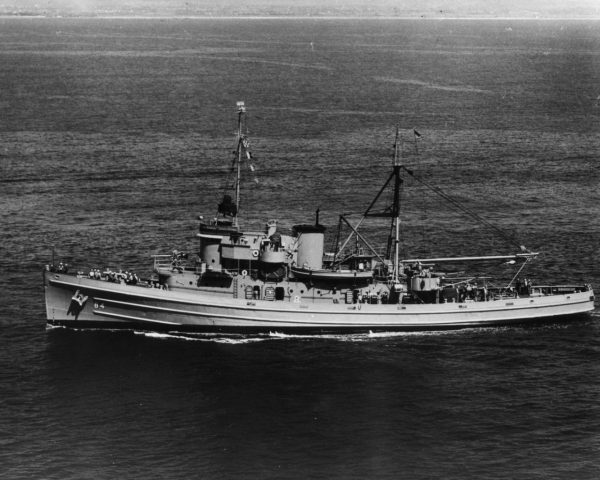
According to a Naval historical site, two A-6 Intruder aircraft from the USS Enterprise made bombing runs on the USS Cree 80 miles from San Diego. The Cree had towed an old ship to be used as a target for bombing practice. The Cree dropped the target ship off in the designed area and moved off to a station some eight miles away. The Cree was to take the target ship, hulk in tow, back to the port if she was not sunk during the bomb drops.
The USS Cree was mistaken for the target ship and subsequently damaged when the first of the two-plane attack force dropped three 500-pound bombs on the fleet tug.
“Mustang” Chief Warrant Officer David Powell was named as one of two men who were key to the ship’s survival. The actions of Powell, the ship’s engineering officer and the man in charge of damage control.
One bomb struck the mast and exploded in the air close aboard to starboard, showering the tug with fragments. The second bomb fell along the port side, sliced beneath the ship, and exploded underwater off the starboard side, “engulfing” Cree in a wall of water. The third slammed into the ship on the port bow, passing through seven bulkheads in the forward part of the ship, before becoming wedged into the passageway between the chief petty officer’s quarters and sick bay, though failing to detonate. The damage to the ship was severe, including the holing of the mast, the destruction of two life rafts, the severing of the emergency power cable, and fragment damage above the 01 level.
Below decks, the ship’s gyro was destroyed by the bomb forward, which also damaged the diving locker and bulkheads. The underwater explosion, however, caused the most serious damage, blasting several holes in bulkheads and splitting seams. Motor room B-2 became “a tangled mass of warped frames,” with equipment “wrenched from mountings and broken lines.” Flooding in excess of 2,000 gallons per minute was reported.
After he survived the accidental bombing, Powell continued his career on the U.S.S. Takelma and served until March of 1980.
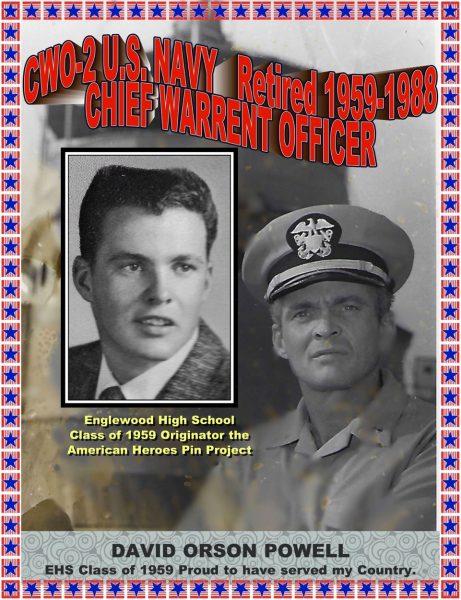
“David Powell has sponsored with me what we call Hometown Heroes Awards, and I’ve sent out about 40 of them already, and what I do is I will find out what they’ve done and send them medals, pins, badges, bracelets, pictures. I even do notebooks. If they send me enough pictures, I will send them back a notebook with all the pictures that they’ve sent me,” Kay Howard, organizer of the EHS Veterans Memorial, said.

